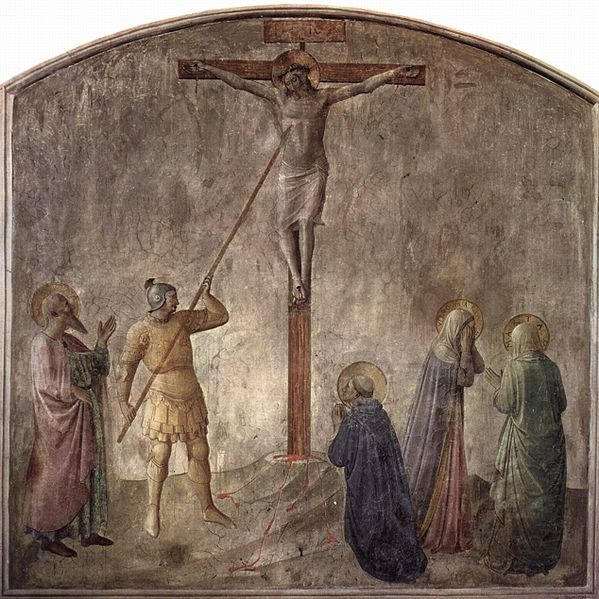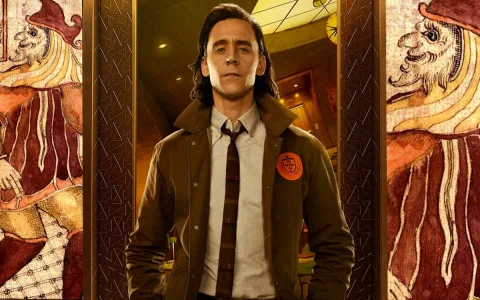Alright, so I got totally sucked into this rabbit hole about the Holy Lance last week. Man, those old stories are wild, right? They’re always talking about sacred treasures popping up during wars. I kept seeing stuff online about what they really found during the First Crusade at Antioch.
So yeah, I figured, why not dive deep myself? See where this thing actually came from. Started by just going back to the absolute basics. Pulled up old translations of crusader chronicles. Raymond of Aguilers, the Gesta Francorum, Anna Komnene – names I probably butchered pronouncing for days. Spent hours scrolling through digitized manuscripts online.
Quickly realized it wasn’t some smooth, organized church find. Picture this: 1098, Antioch. Crusaders are starving, trapped inside the city they just captured, getting hammered by a massive enemy army outside. The situation was desperate, man. Like, eat-your-horse desperate.
The “Discovery” Bit
Then bam! This Provençal peasant named Peter Bartholomew stands up. He starts saying Saint Andrew came to him in visions. Tells him the Holy Lance, the very spear that stabbed Jesus’ side, is buried right there in the church of St. Peter in Antioch. Claimed Andrew showed him the exact spot.

So, you gotta imagine the scene. Top guys like Count Raymond and the Bishop of Le Puy hear this. They’re skeptical, obviously. But what choice did they have? Morale was rock bottom. They said, “Alright Peter, show us.”
Here’s where it gets messy. They dig. And dig. And dig some more. Nothing shows up. Workers are sweating, leaders are getting impatient. It was starting to look like a total bust. But then Peter Bartholomew himself jumps down into the pit. And get this – he pulls out a spear point. Claims he found it right there.
Aftermath & My Take
The reaction was instant pandemonium. Crusaders went nuts with joy. They took this rusty old spearhead as divine proof they’d win. They actually rallied and broke the siege. Pretty wild turnaround.
But that’s the thing I kept hitting on: the authenticity was shaky right from the jump. Later on, Peter Bartholomew offered to undergo an ordeal by fire to prove he was legit. He grabbed the lance and walked through flames. Survived? Yeah… barely. But he died from the burns like a week later. Pretty much the opposite of convincing proof if you ask me.
- The “lance” they found was probably just an old spearhead, maybe Byzantine or Arab.
- Peter Bartholomew likely planted it himself or stumbled on it by pure luck.
- Leaders like Raymond went with it because they needed a miracle. Desperate times.
- The whole ordeal by fire aftermath pretty much tanked its credibility permanently.
So, what did they “really” discover? Honestly? Not a genuine relic of Christ. They found a rusty piece of iron at the perfect moment when men facing death needed divine hope. It became powerful because they believed it was the lance, not the other way around. The real discovery back then was how powerful a symbol can be when hope is gone. The artifact itself? Likely worthless junk that turned into pure battlefield magic through sheer belief and desperation. Makes you think about how stories like this get made.










